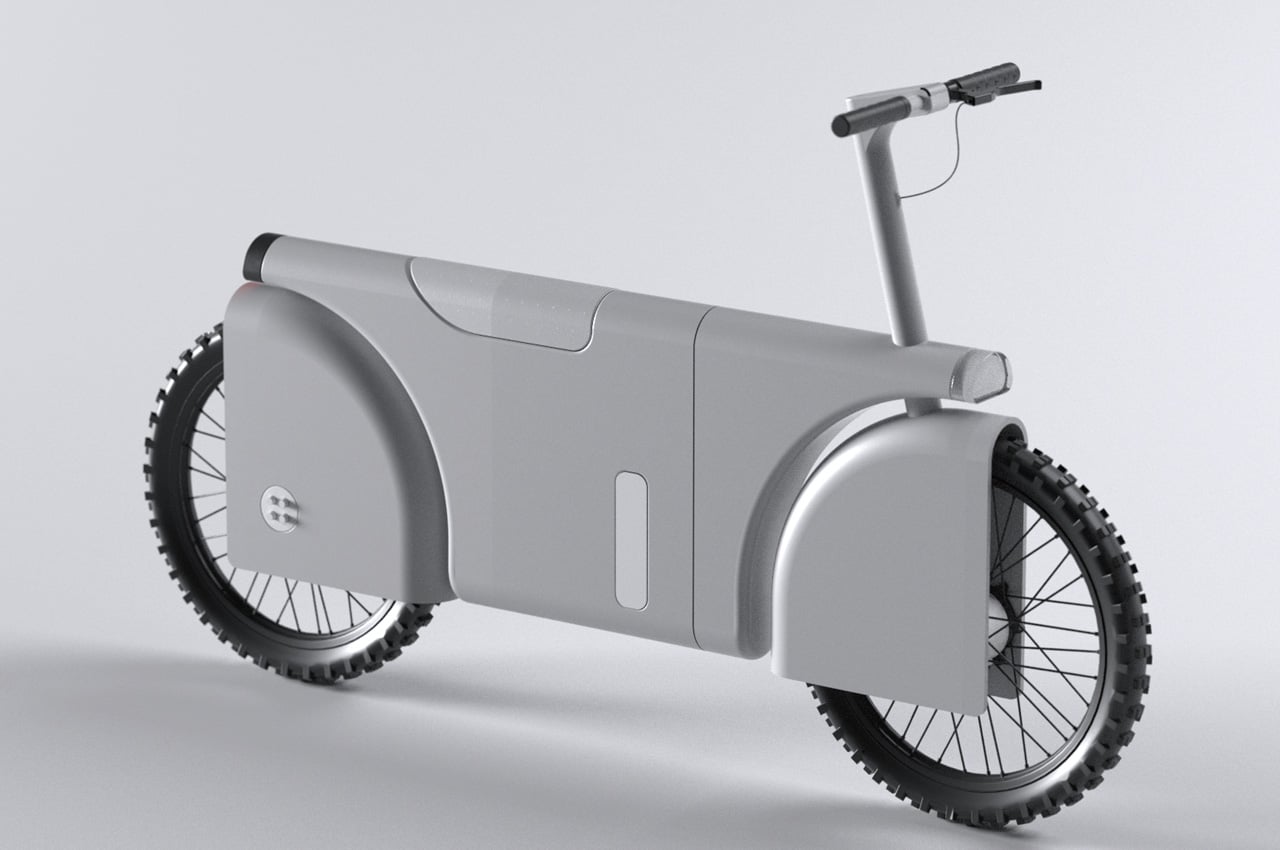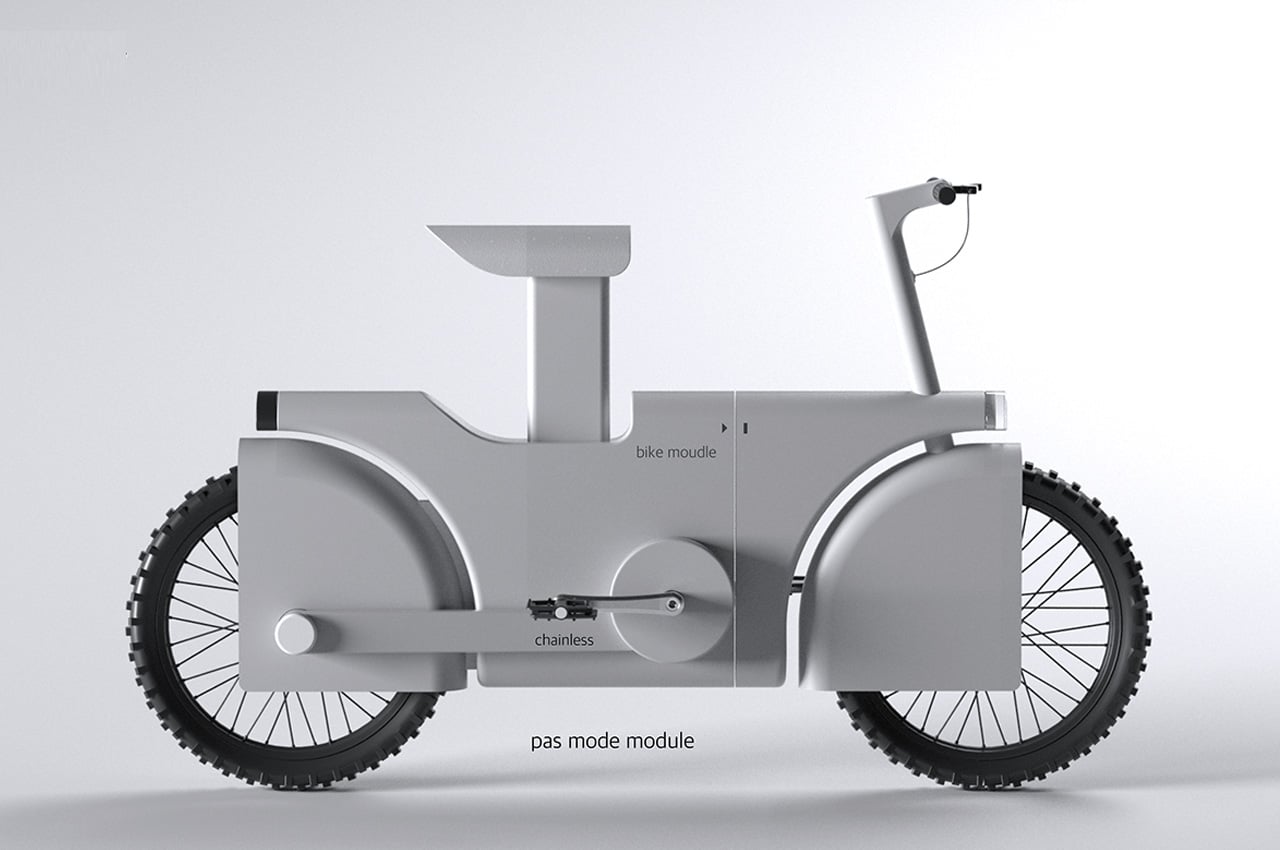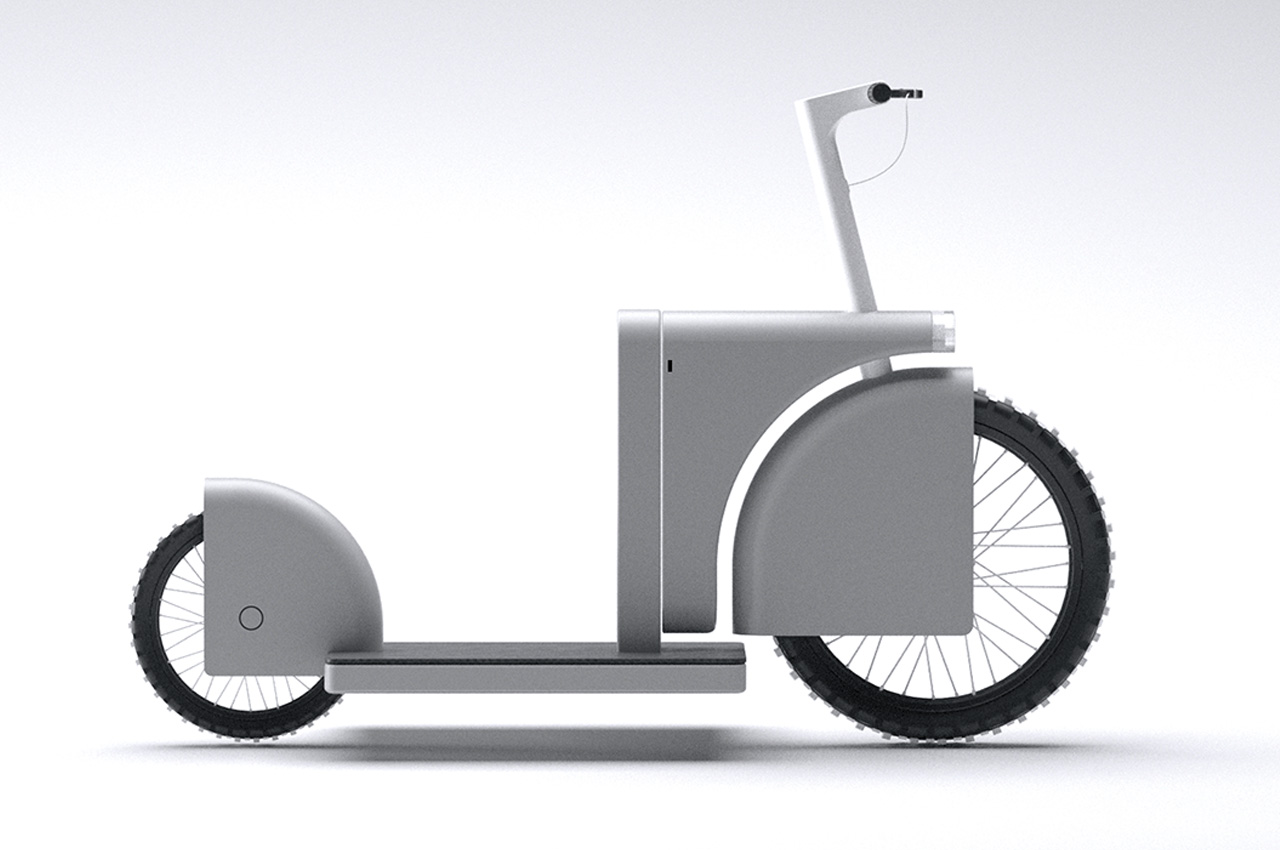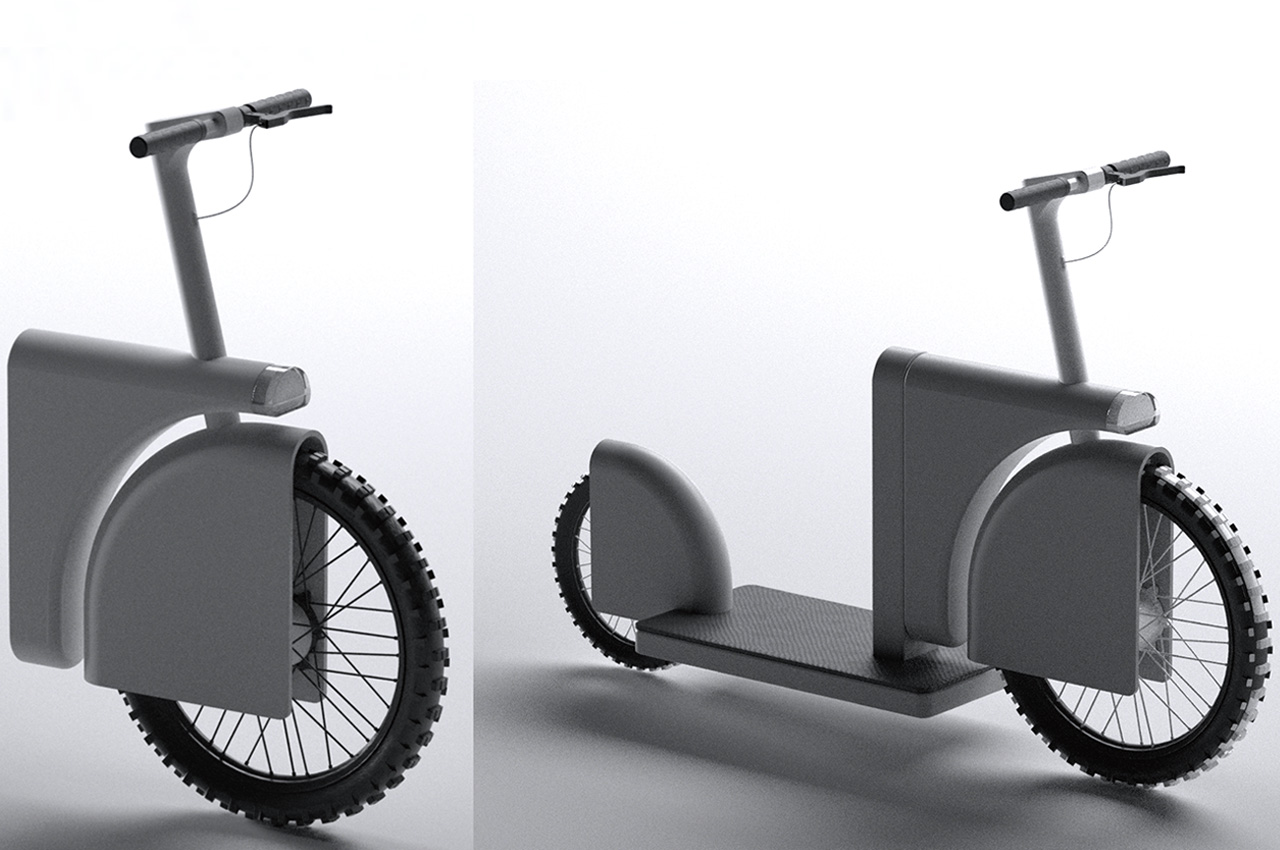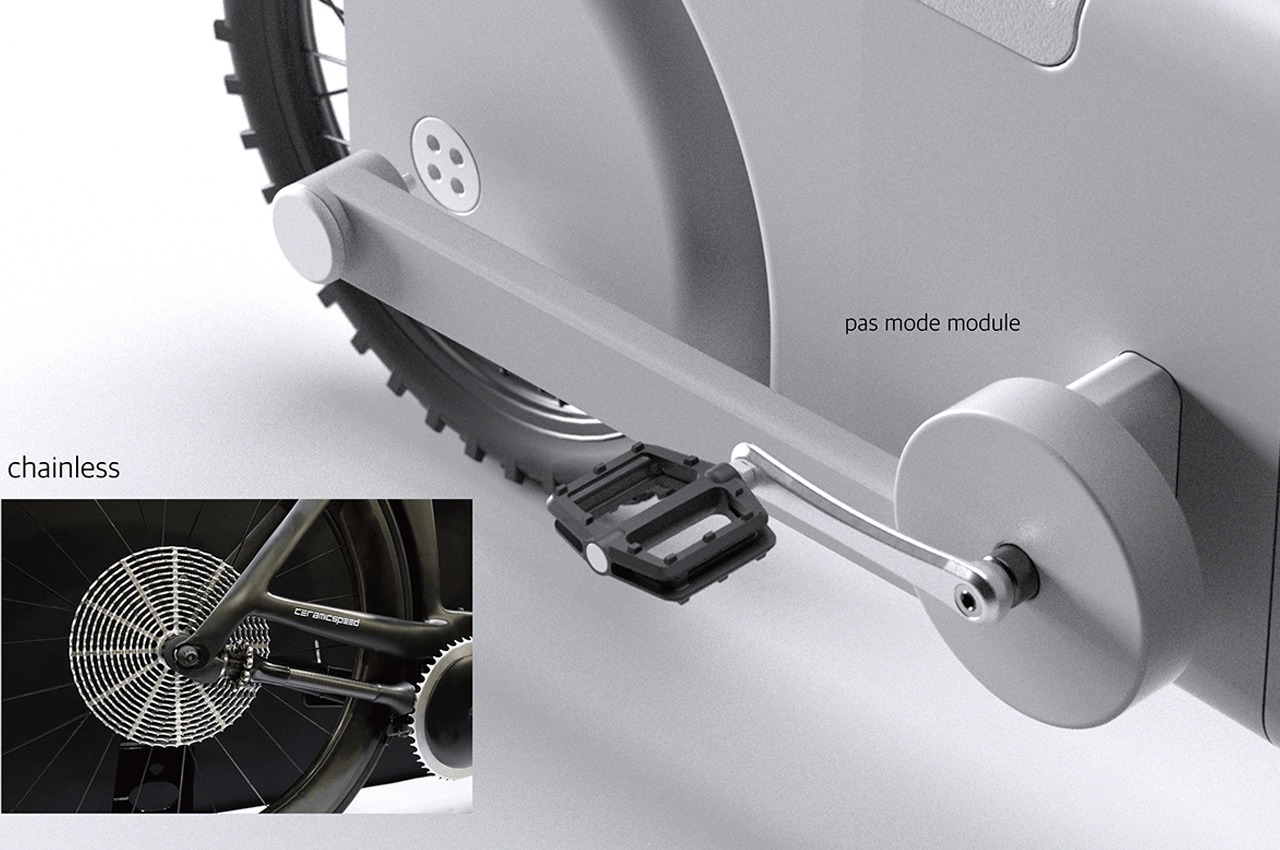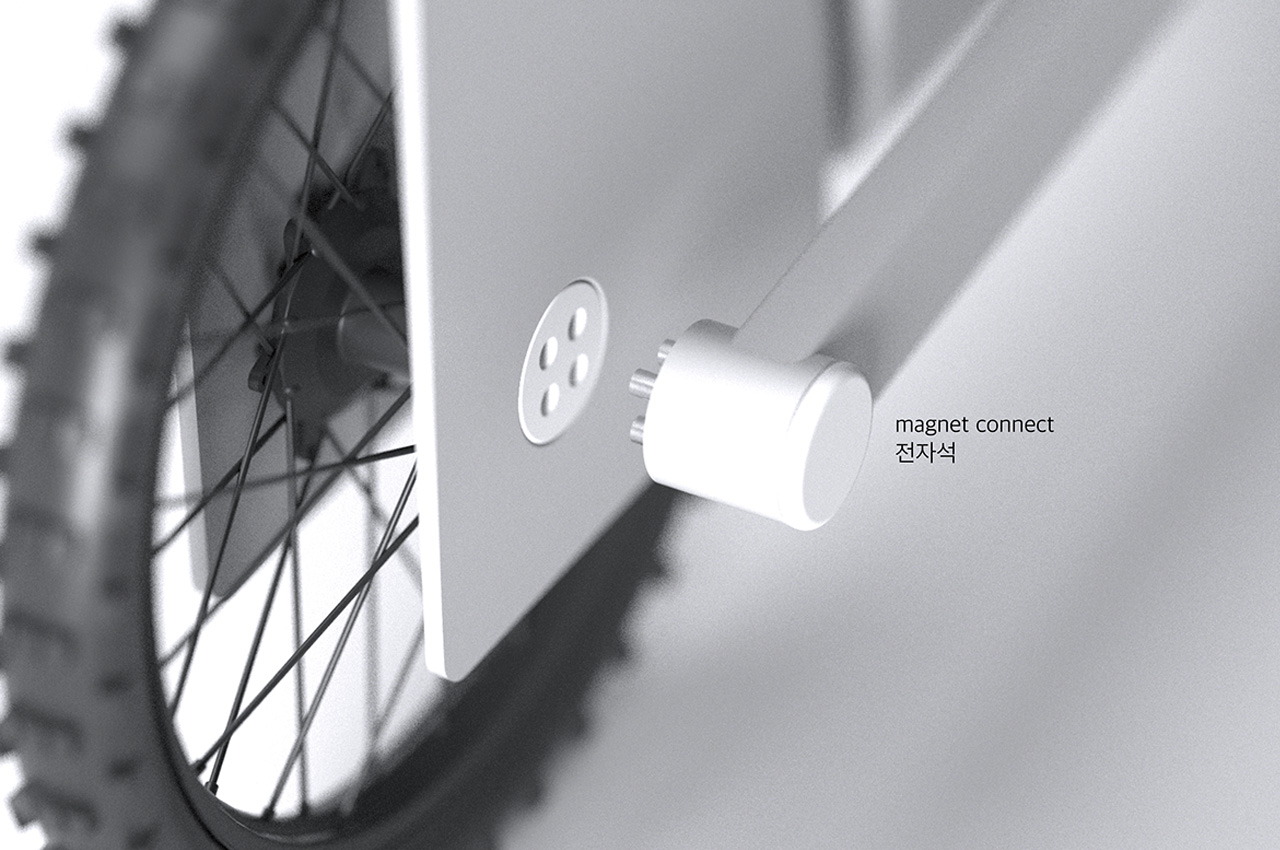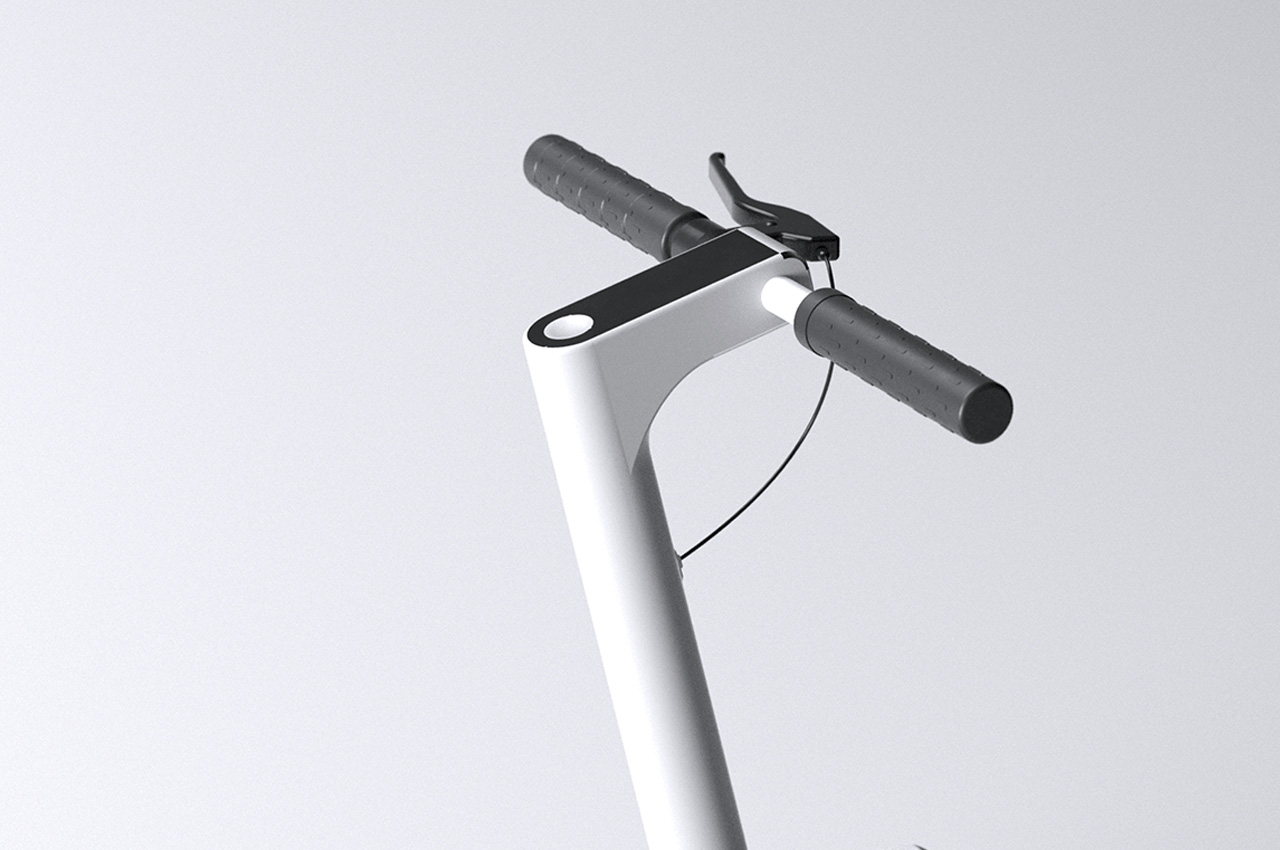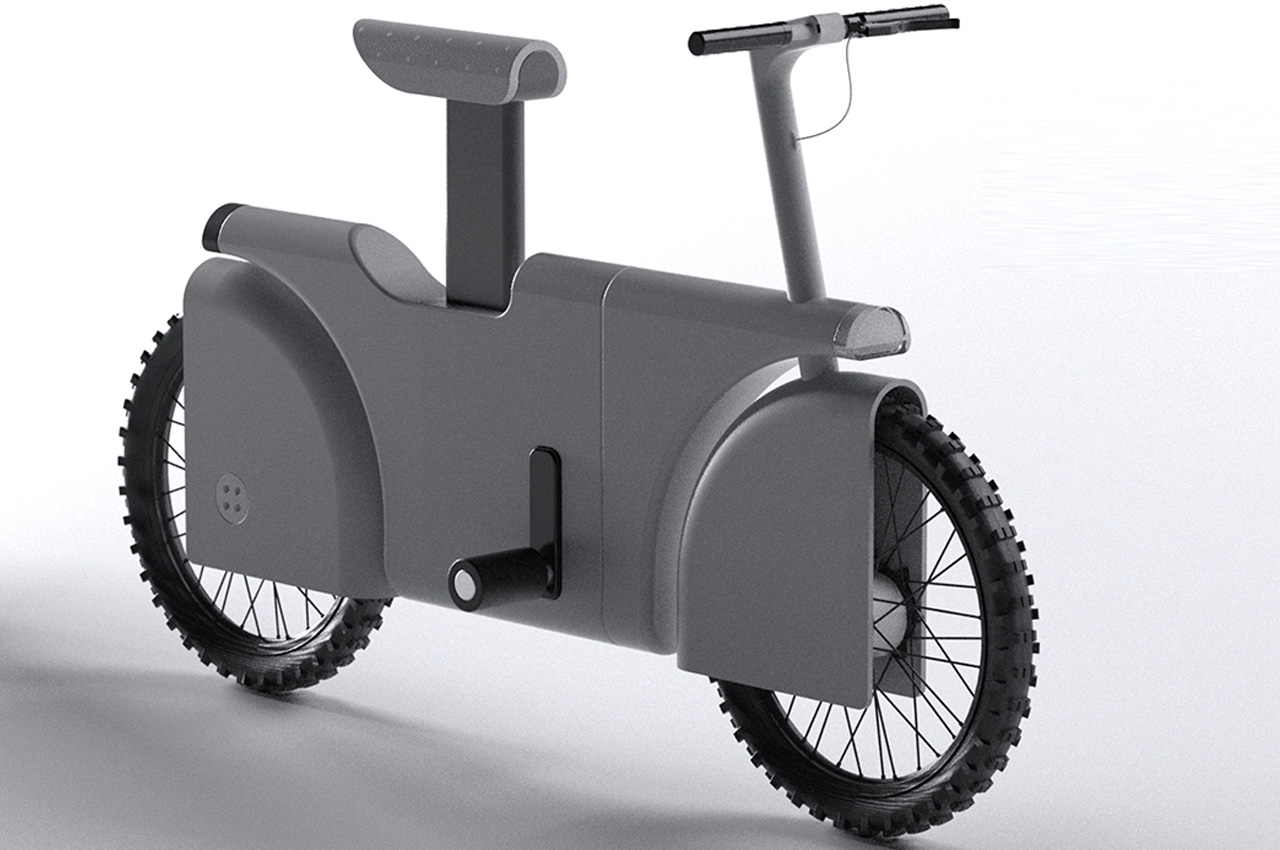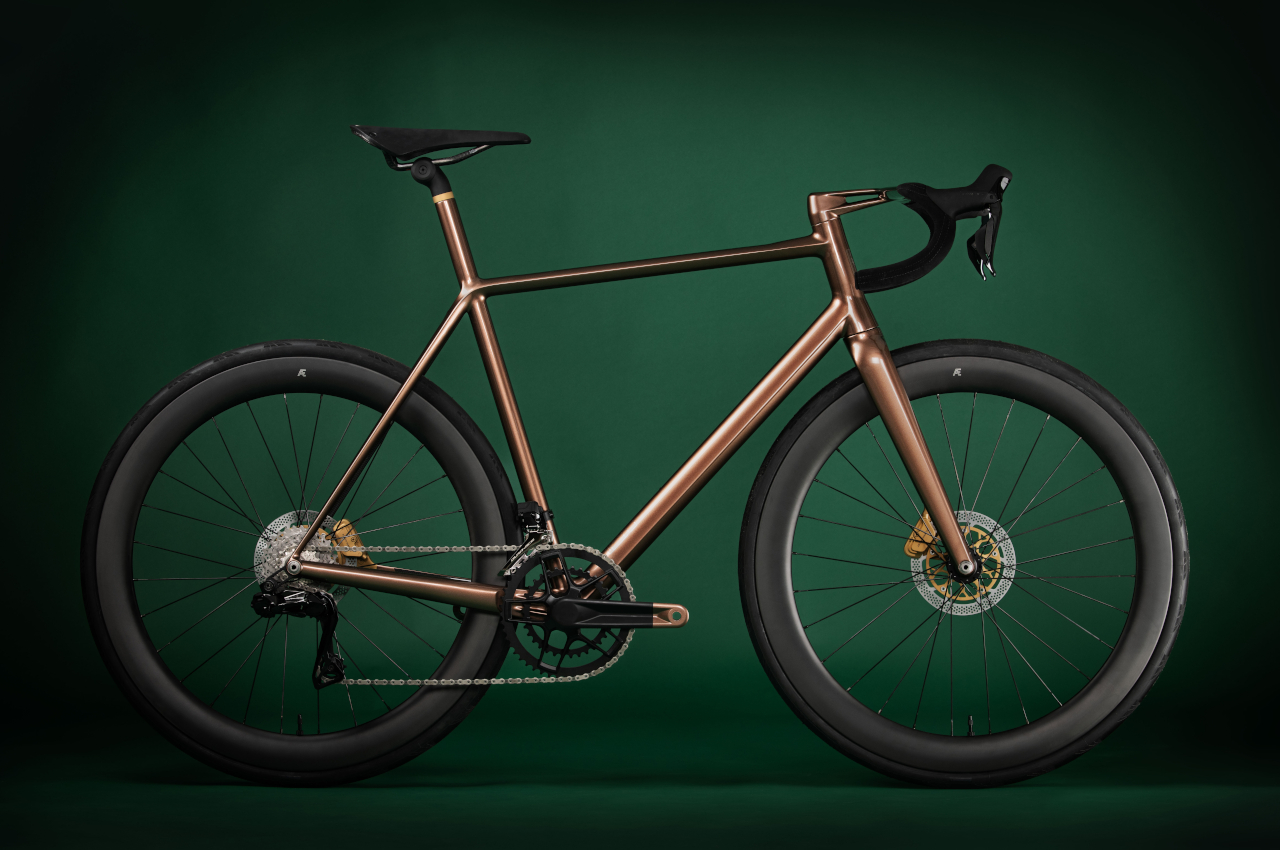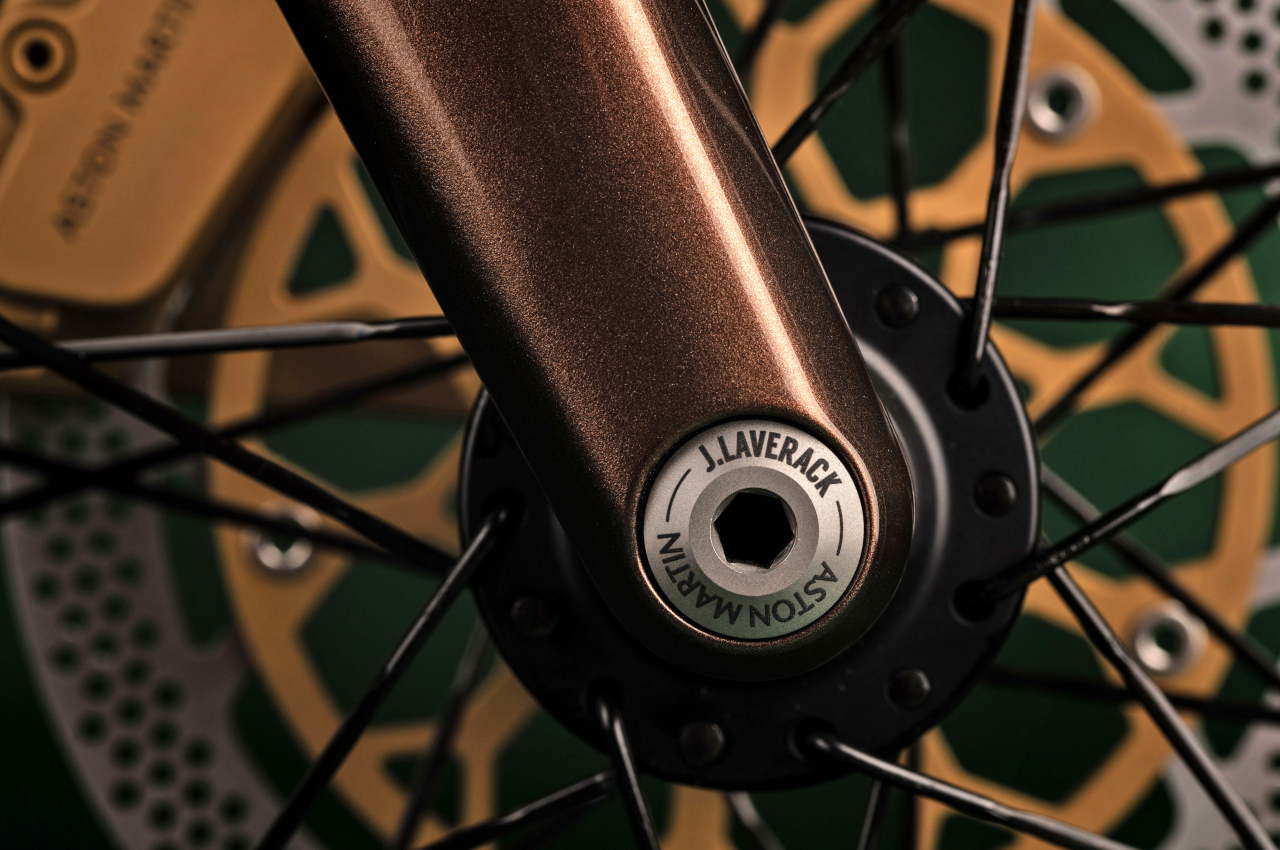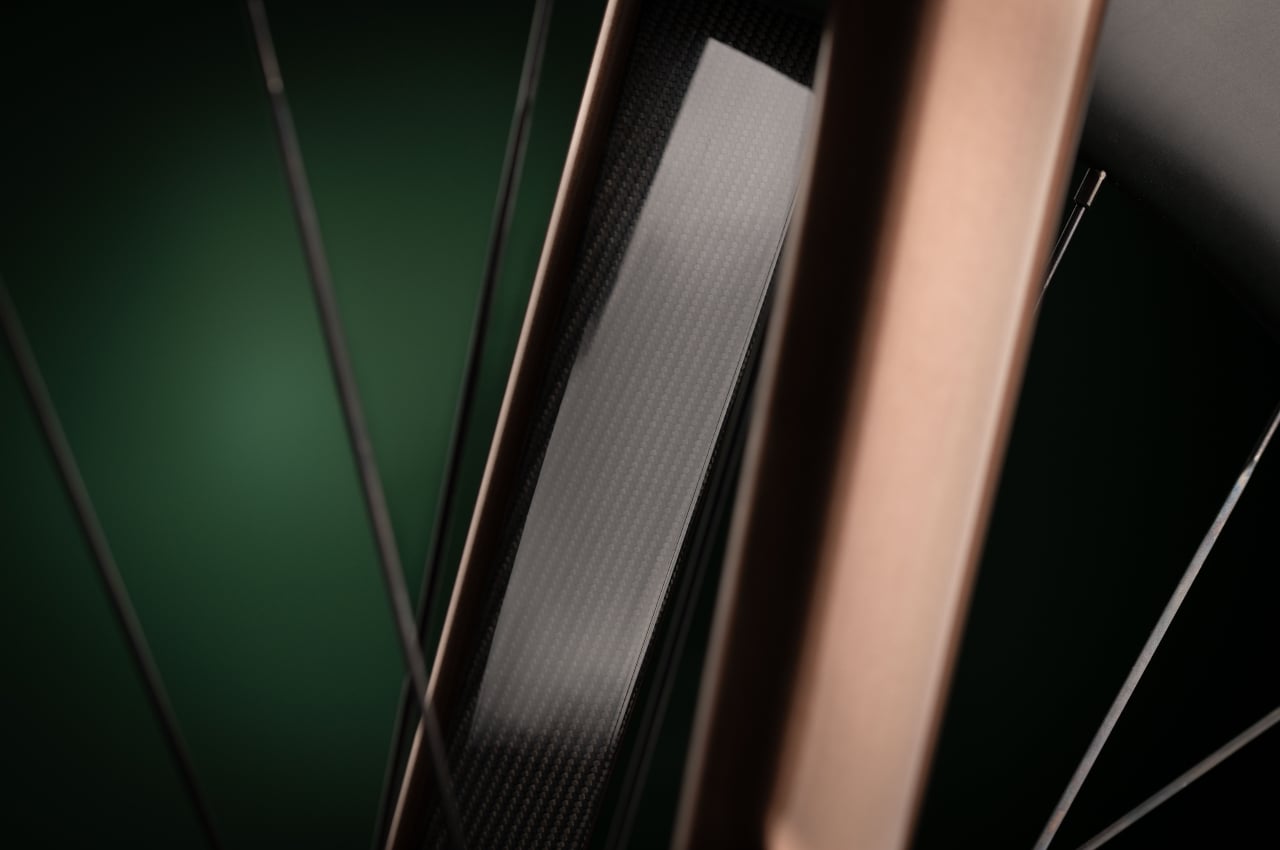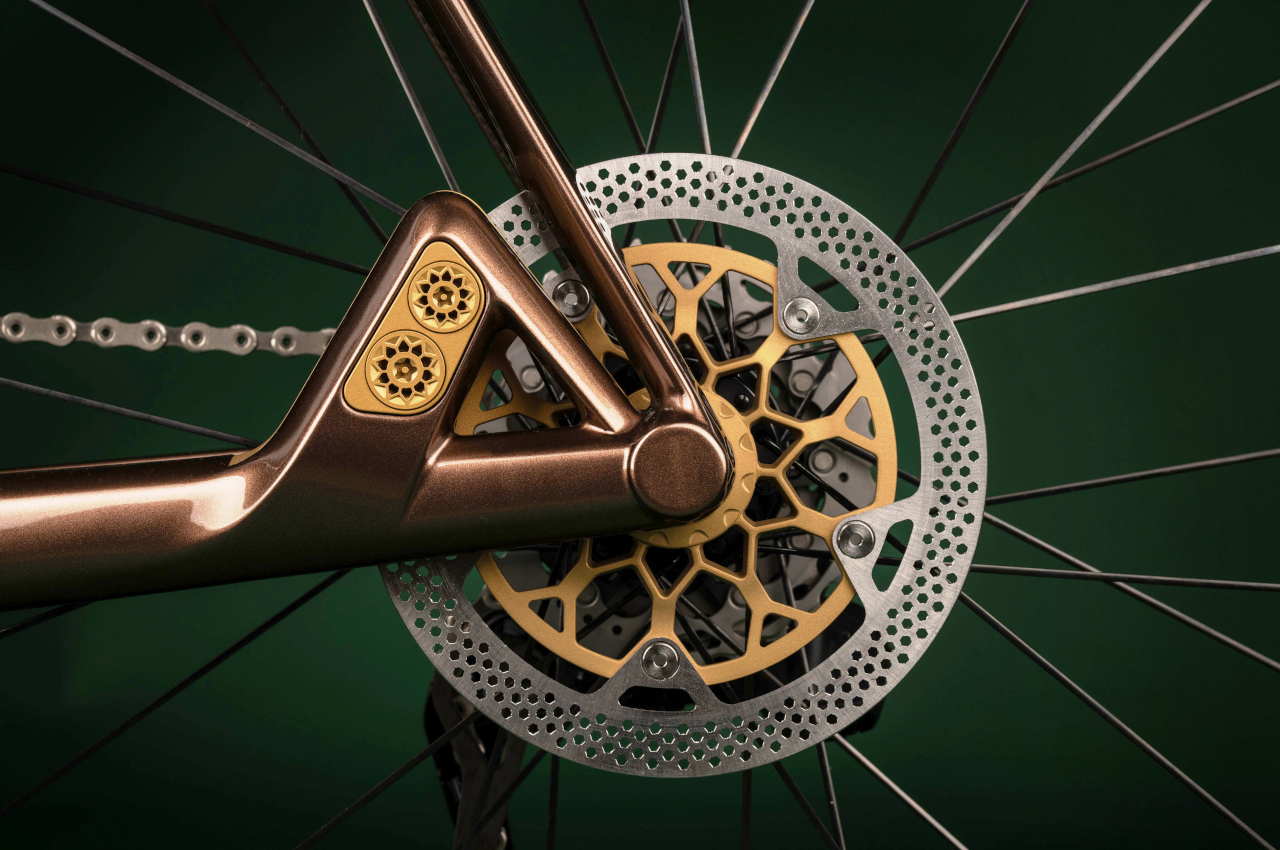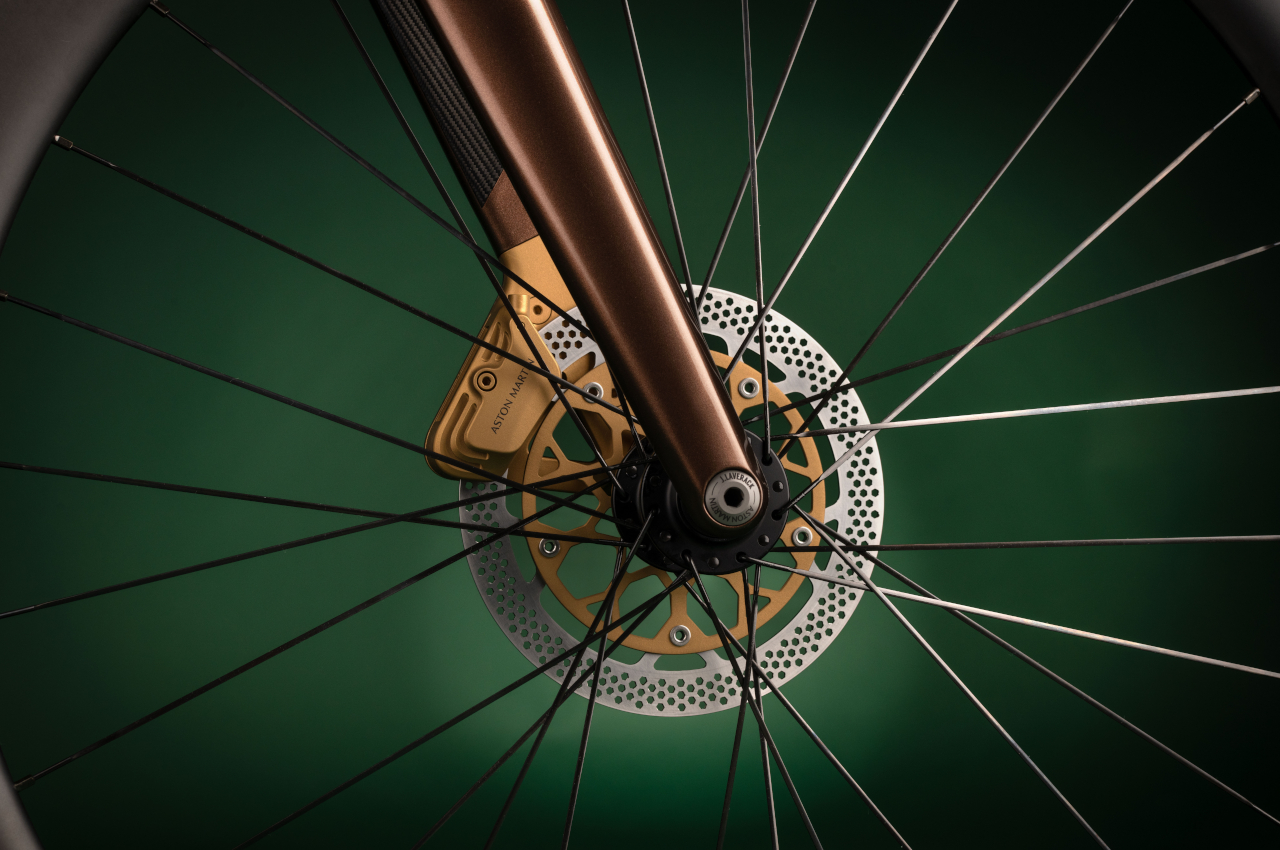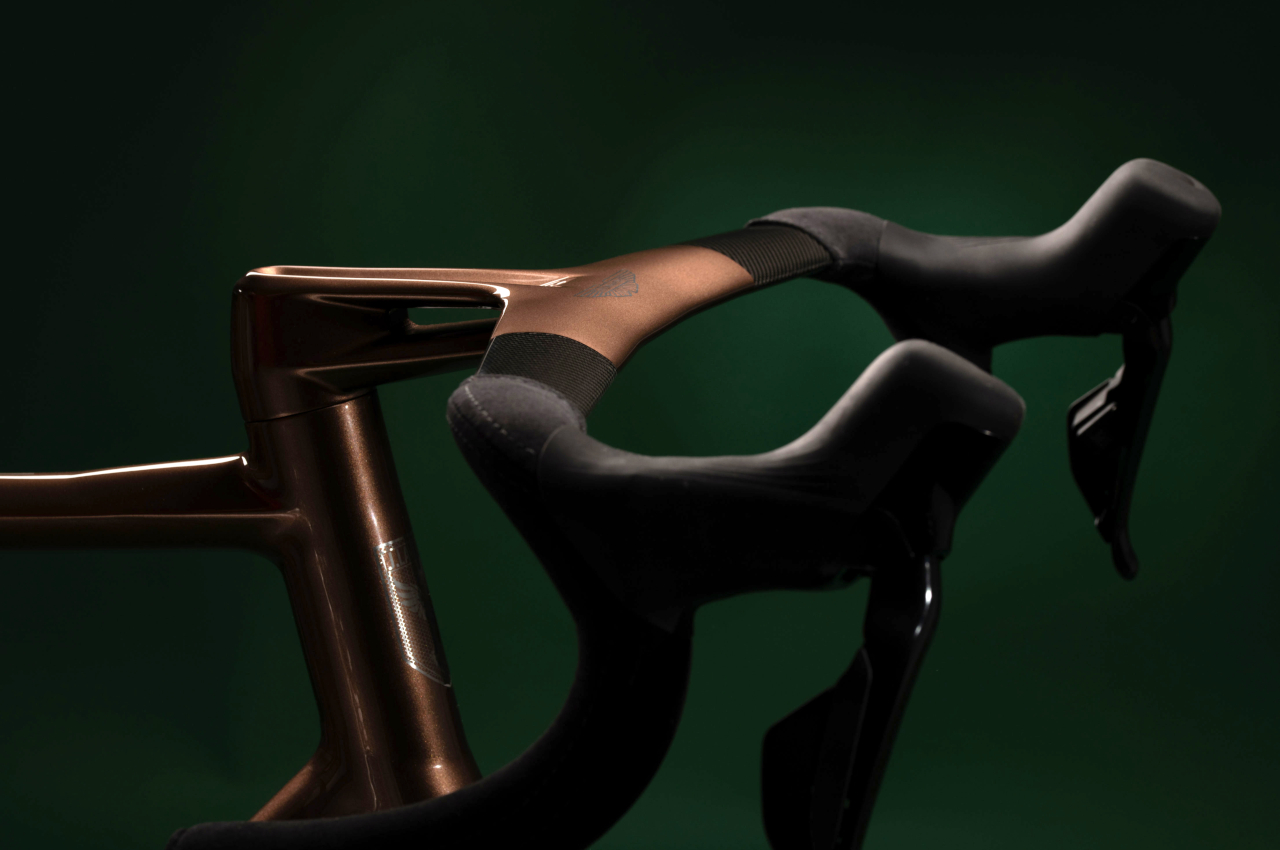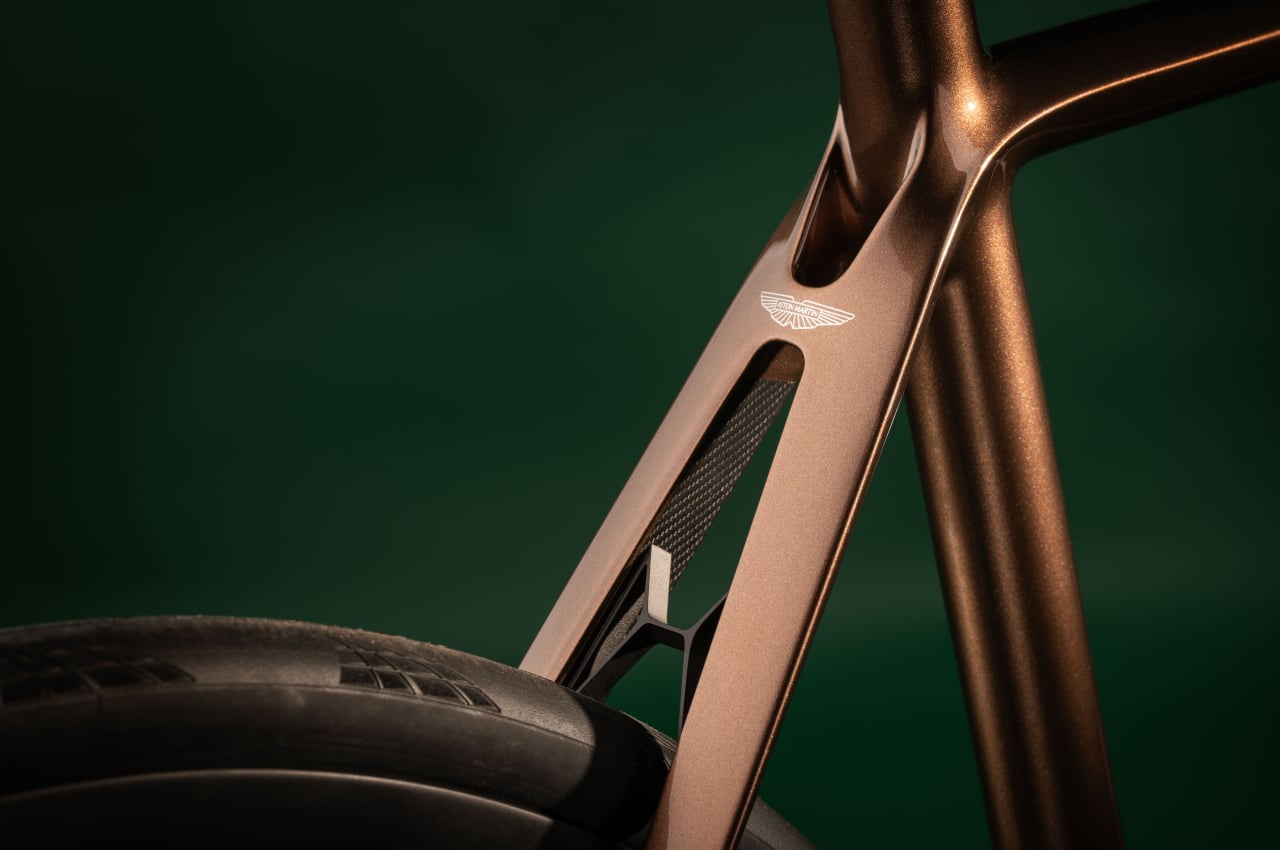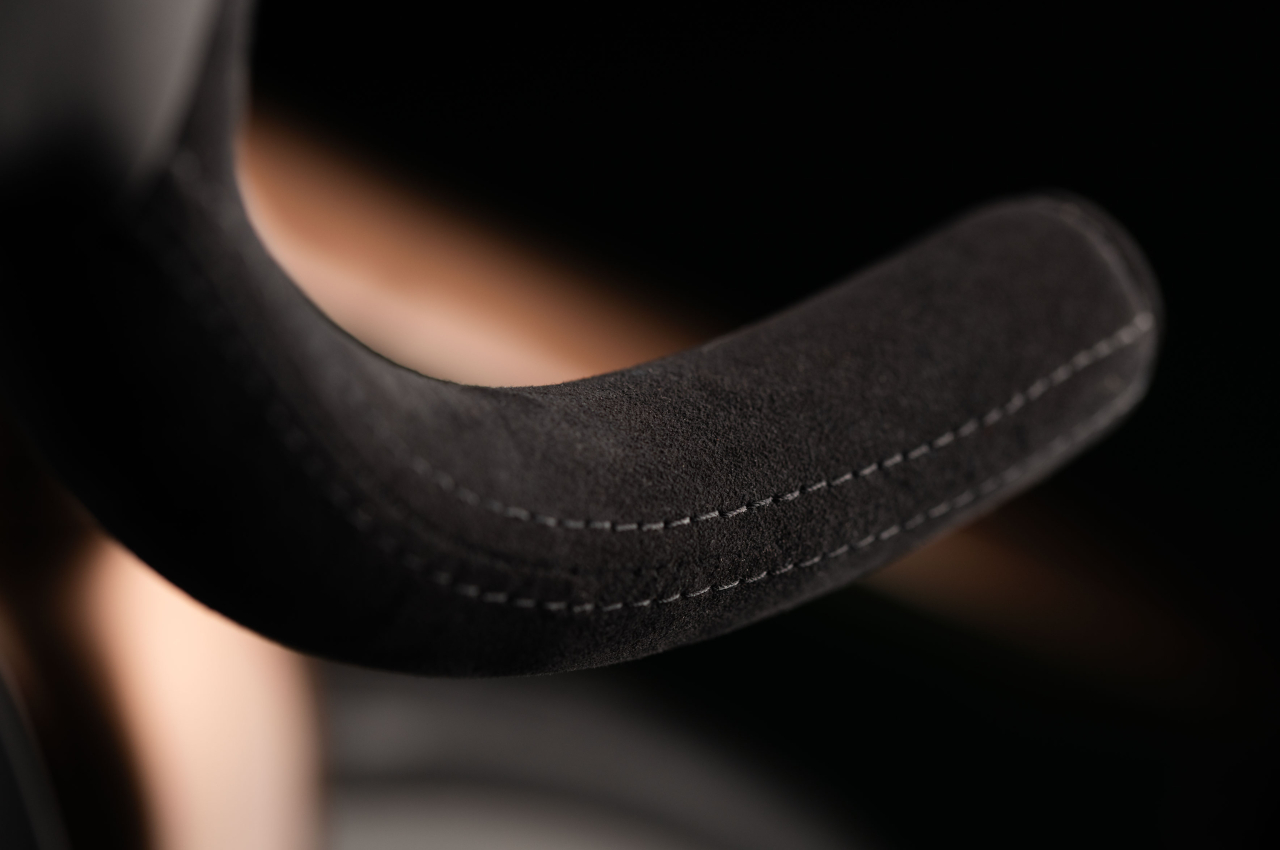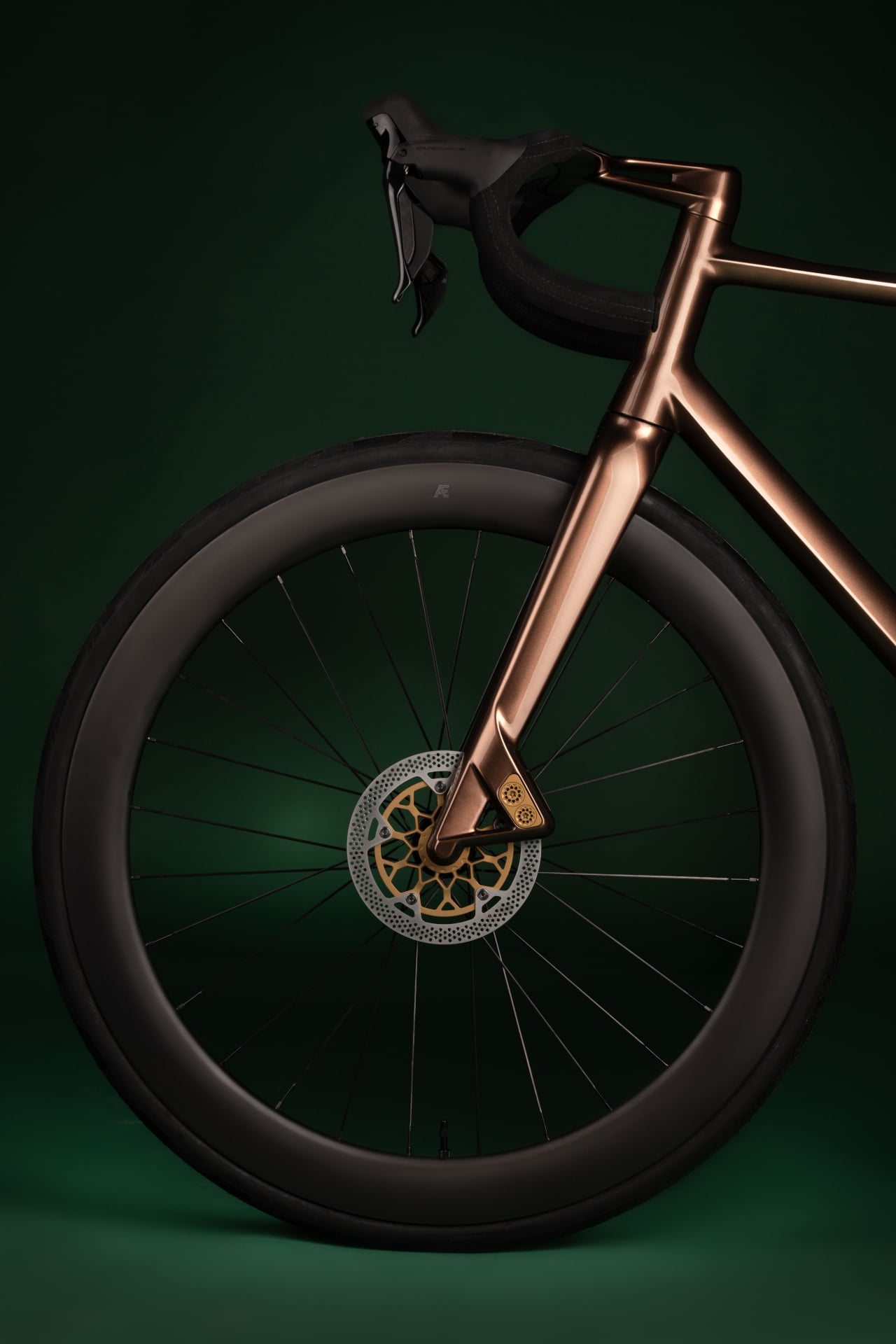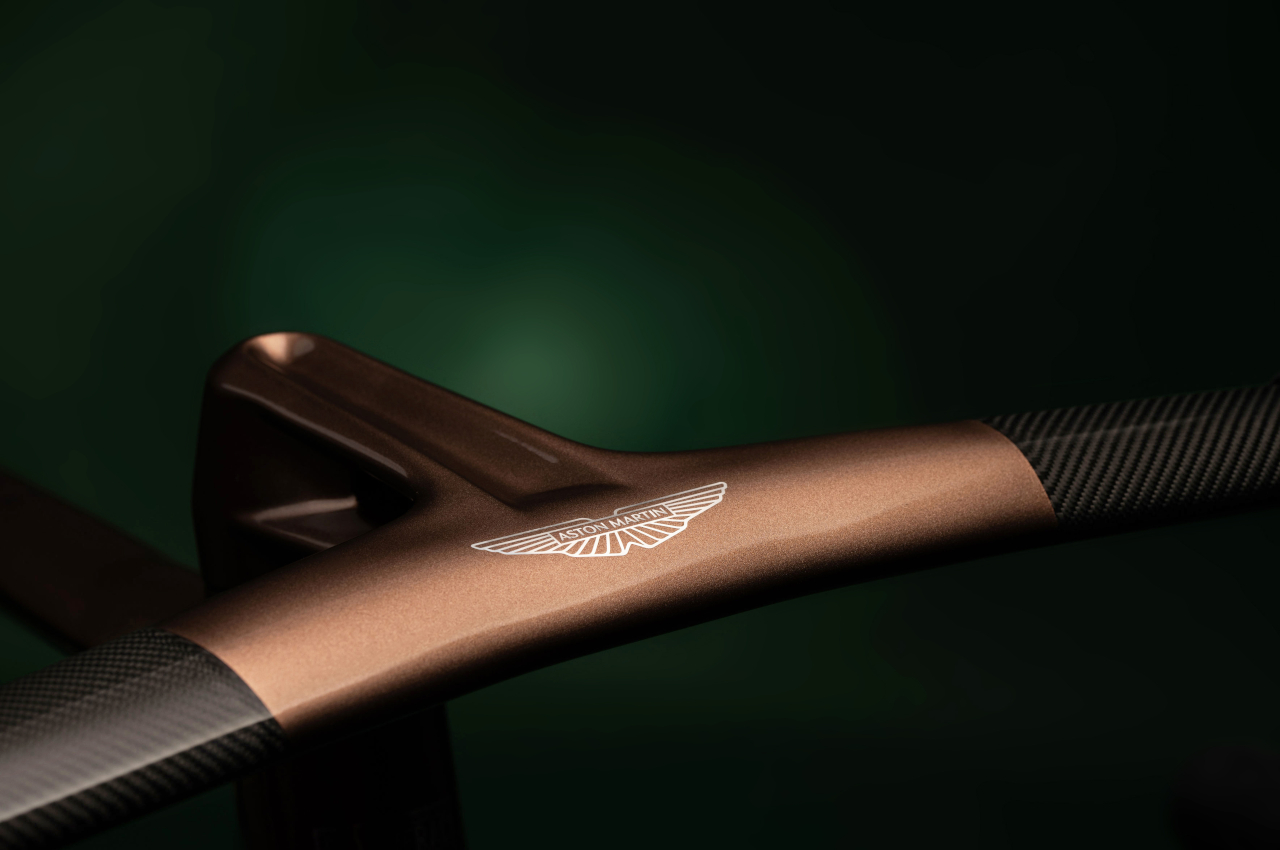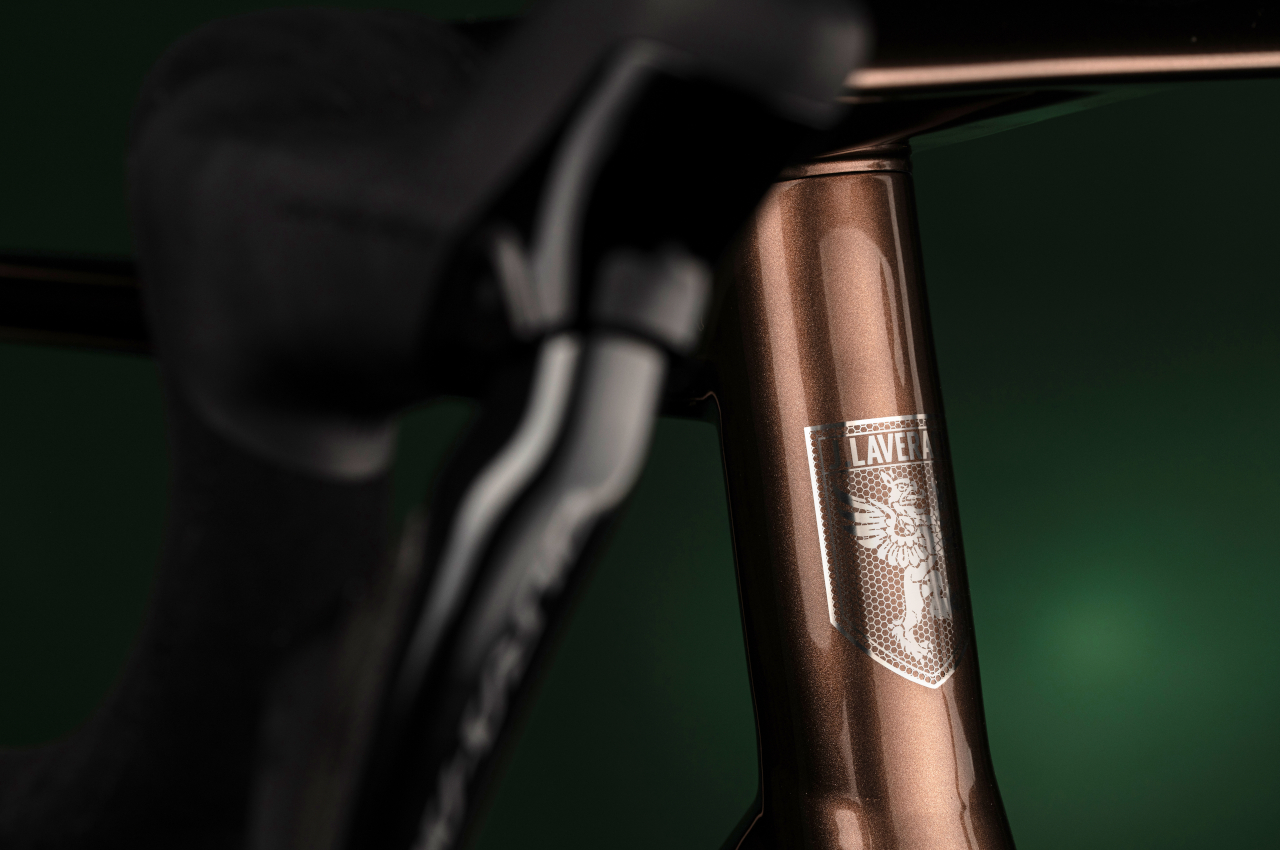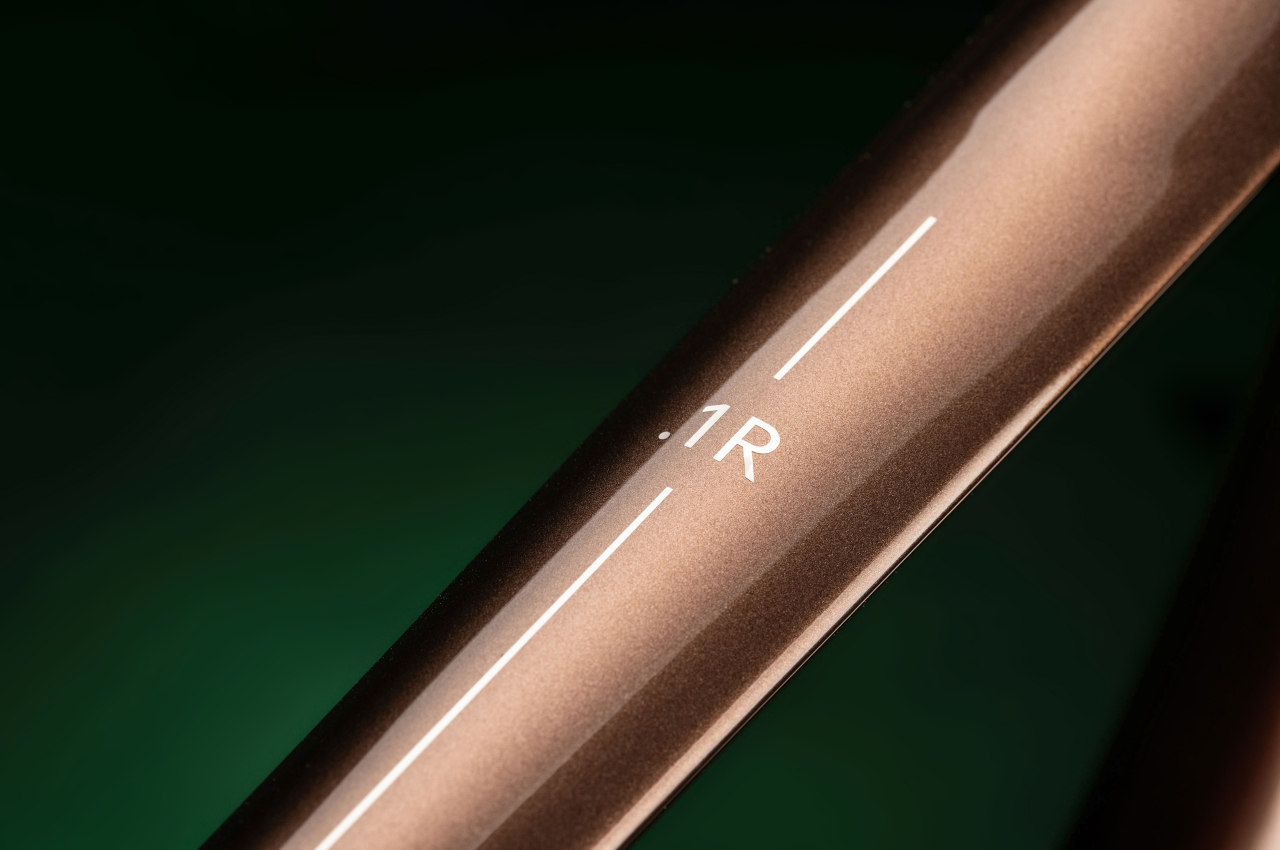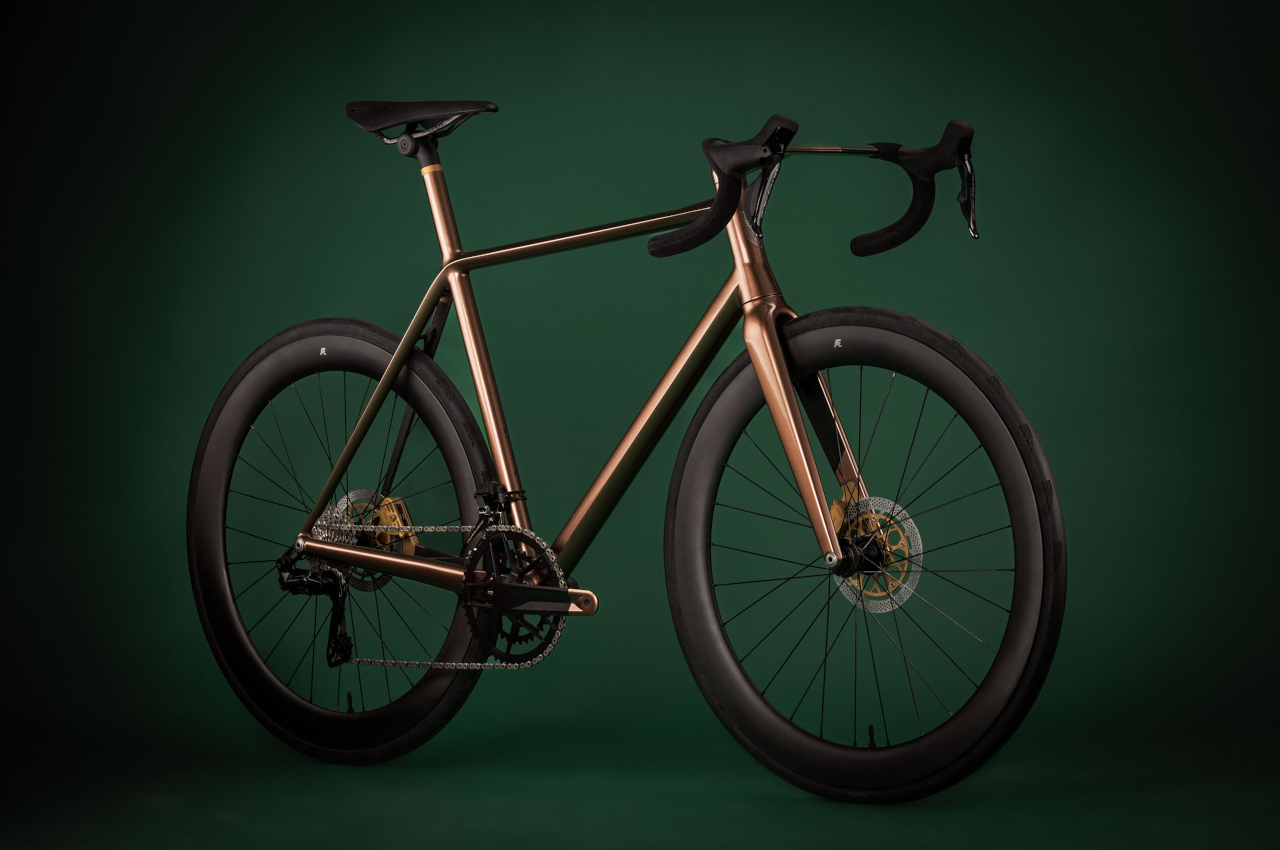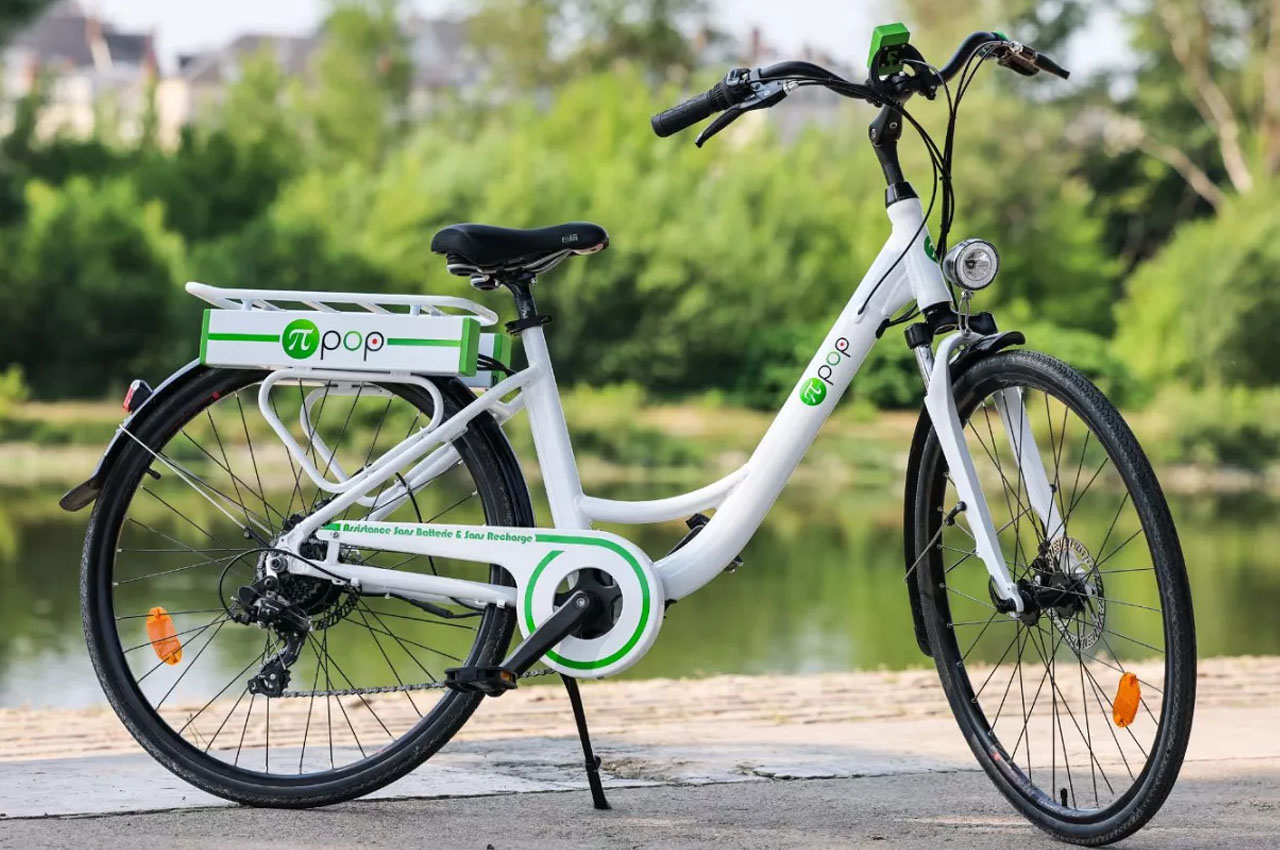
E-bikes are still a hot topic despite their battery safety being a looming concern since inception. The lithium batteries used in e-bikes are sensitive to high temperatures and we have seen cases where batteries have blown up leading to severe damage to the bike, in odd cases, even to the rider. Even though, there is no dearth of new e-bikes hitting the market. Latest in the ranks is the Pi-POP, which on the exterior is an average bike, but packs a lithium-free supercapacitor, that allows the bike to run only on the power the rider generates: no other source is needed.
Designed and developed by French manufacturer Pi-Pop, the Pi-POP e-bike is an electrically assisted bicycle, only first of its kind in the world. It makes riders negotiate all accessible trails without battery or recharging woes. Just ride on with the power you create!
Designer: Pi-Pop
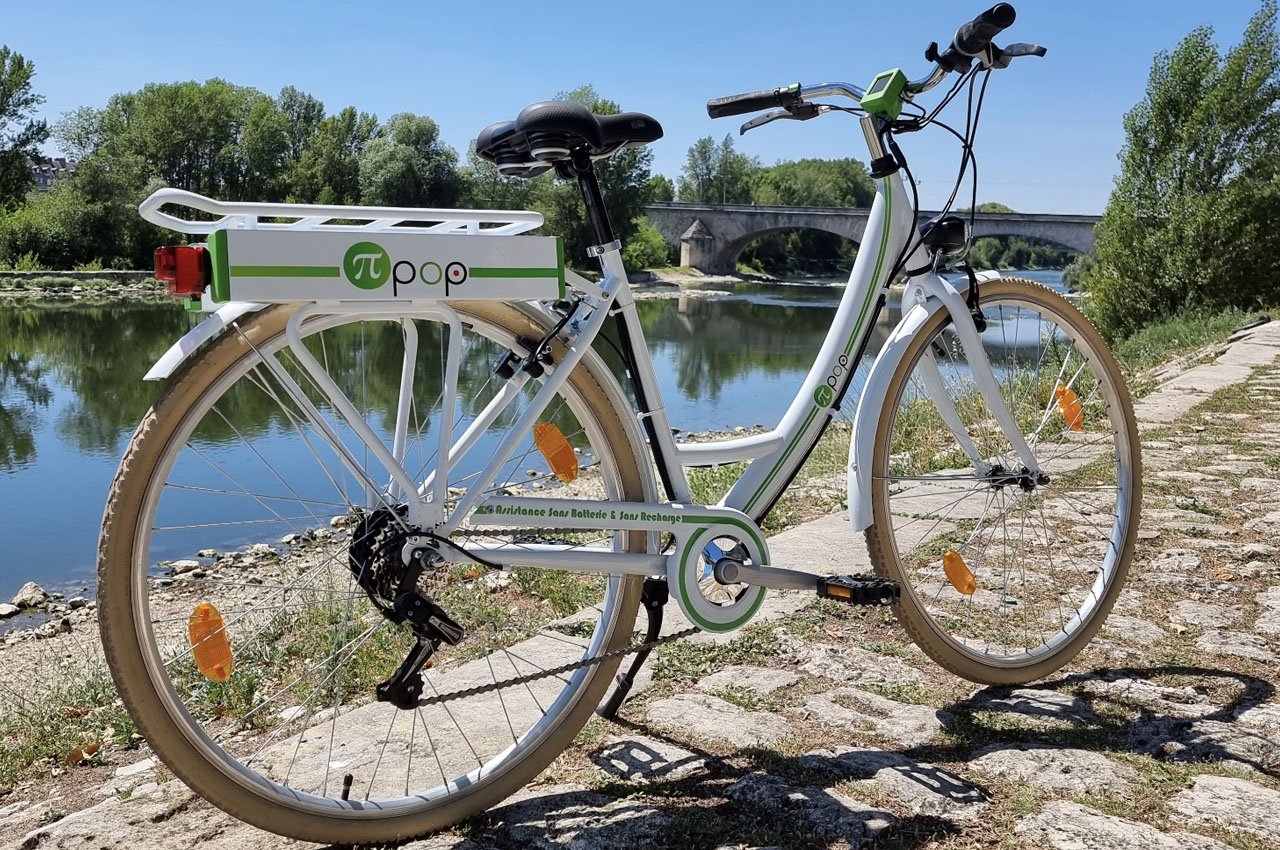
Made in an aluminum frame with white and green colorway, the bike is readied for now only in a single size. Its integrated supercapacitor energy regeneration system recharges with the rider’s pedaling and braking. The Pi-POP e-bike regenerates power as the user pedals on a level road and kicks in the most power when the rider goes down a slope or while braking. This allows the rider to benefit from constantly renewed assistance, only that the most energy is consumed, rather than regenerated when riding uphill.
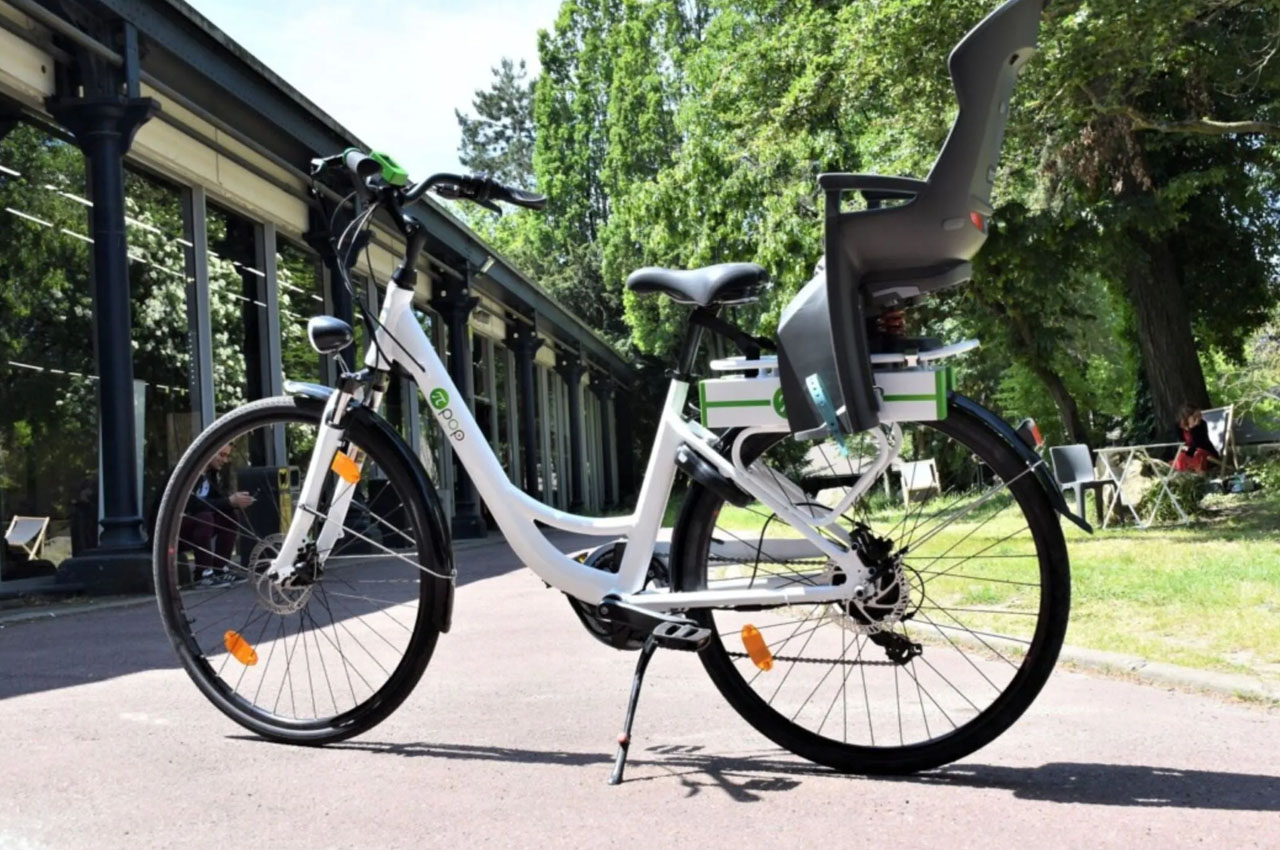
The bike remains within European standards and has been tailored to hit the maximum speed limit of 25mph. The Pi-POP achieves speeds up to 25mph only on renewed assistance pedaling. The e-bike is designed to restore most energy to the supercapacitor when the brakes are applied, so the regeneration of power is least when going uphill as opposed to coming downhill. The supercapacitor can store and release the energy to the bike almost ten times faster than normal lithium batteries making the idea of Pi-POP more effective and less cumbersome.
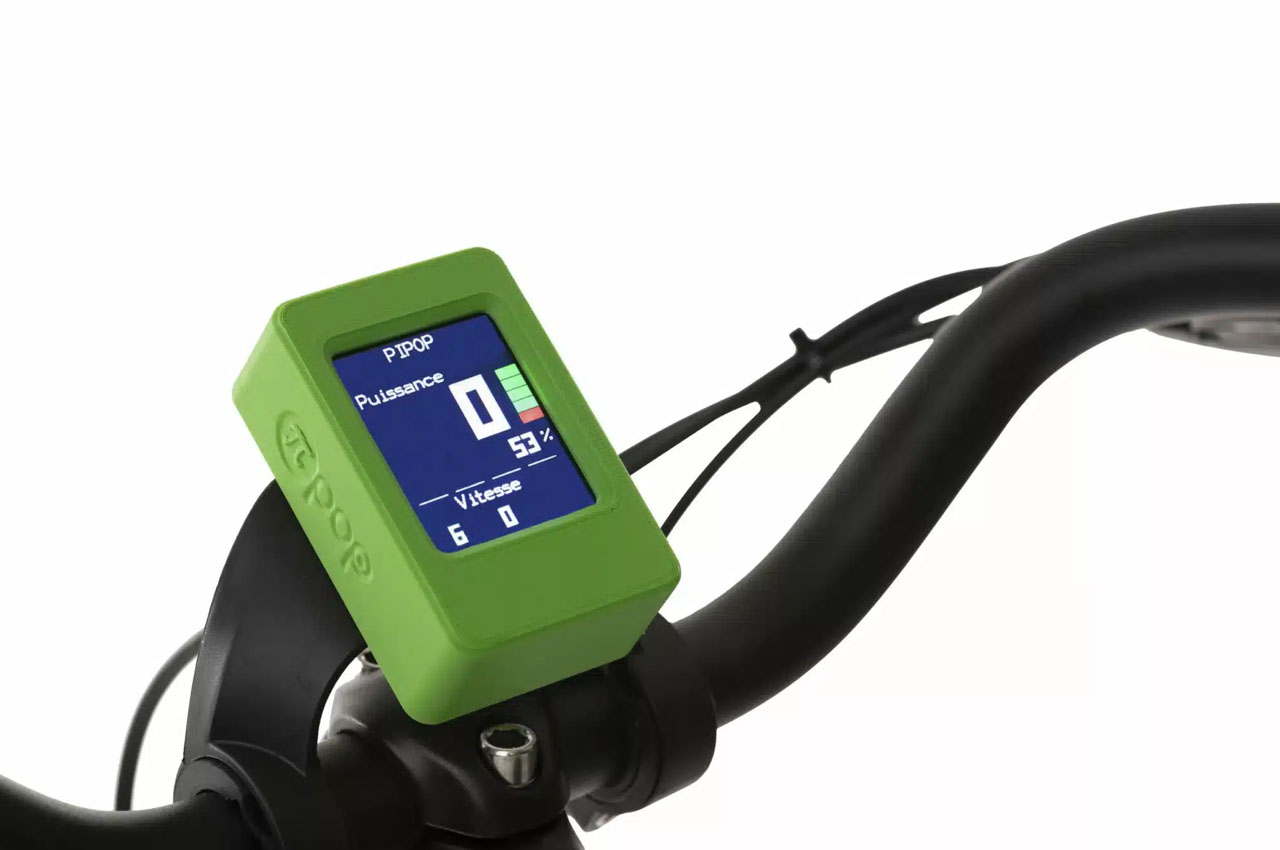
Of course, the Pi-POP is not made for off-road sites, it is an interesting everyday commuter, especially if you are looking for an e-bike with a difference. This one is different but it is only available in France (at the Pi-Pop factory in Loire River, Olivet) for now. In spite of the exclusivity, it is priced competitively against its compatriots in the traditional e-bike market. It comes for 2,450 euros (approximately $2,600).
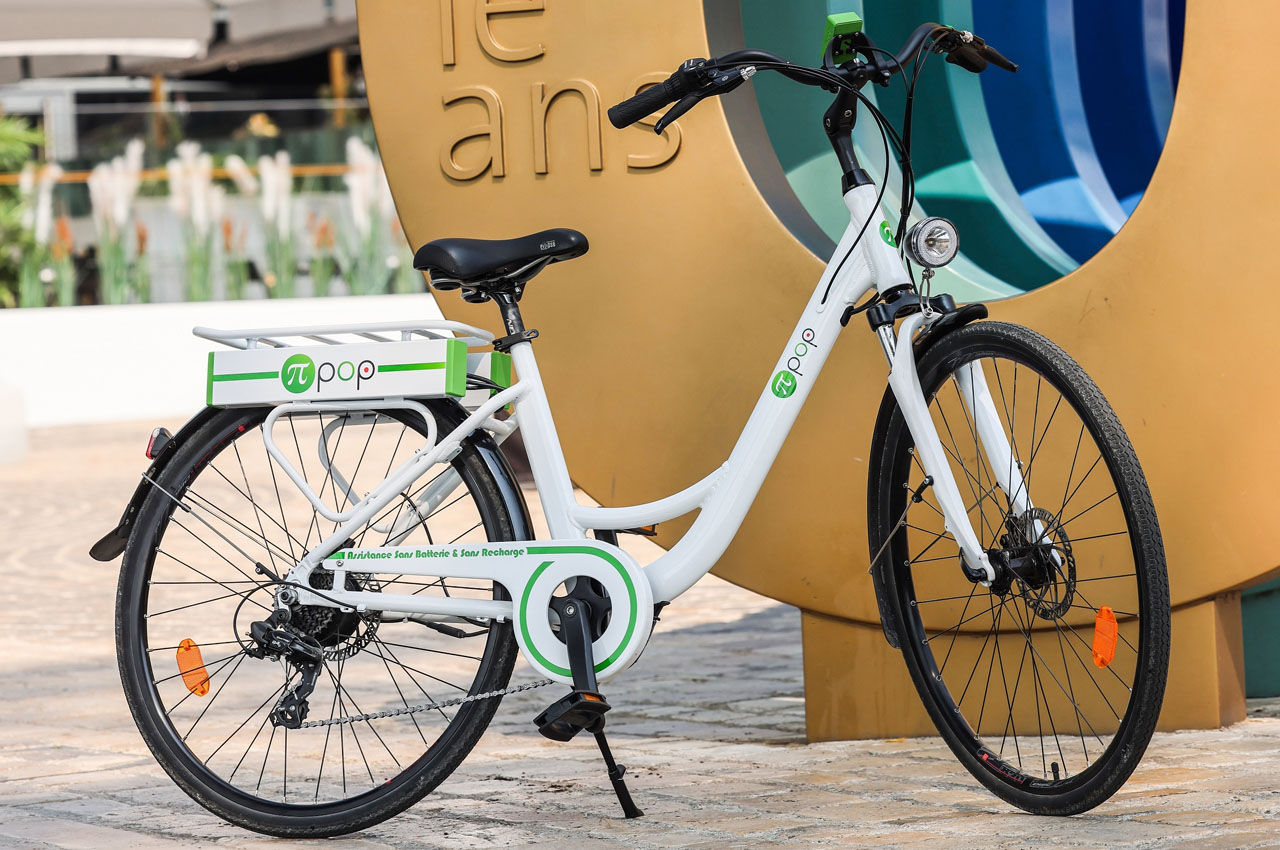
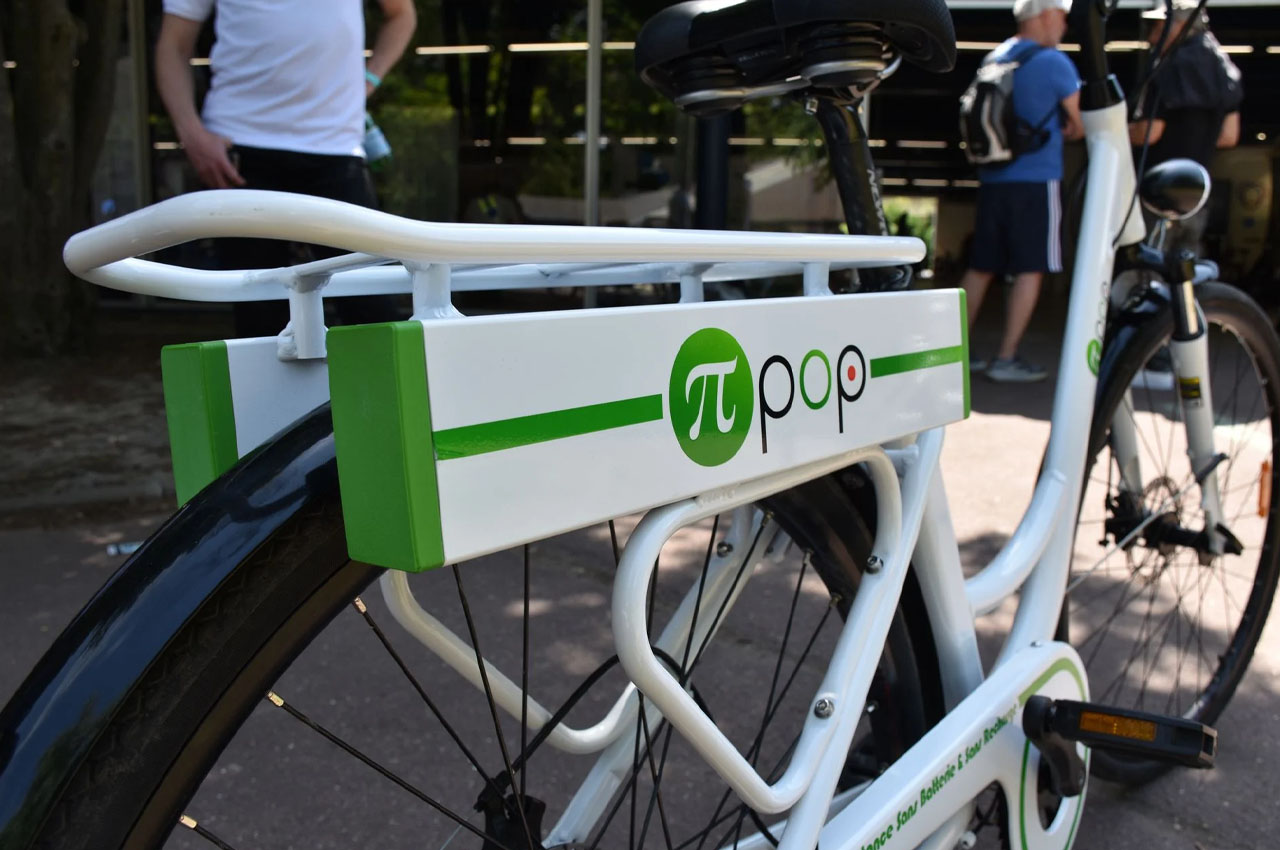
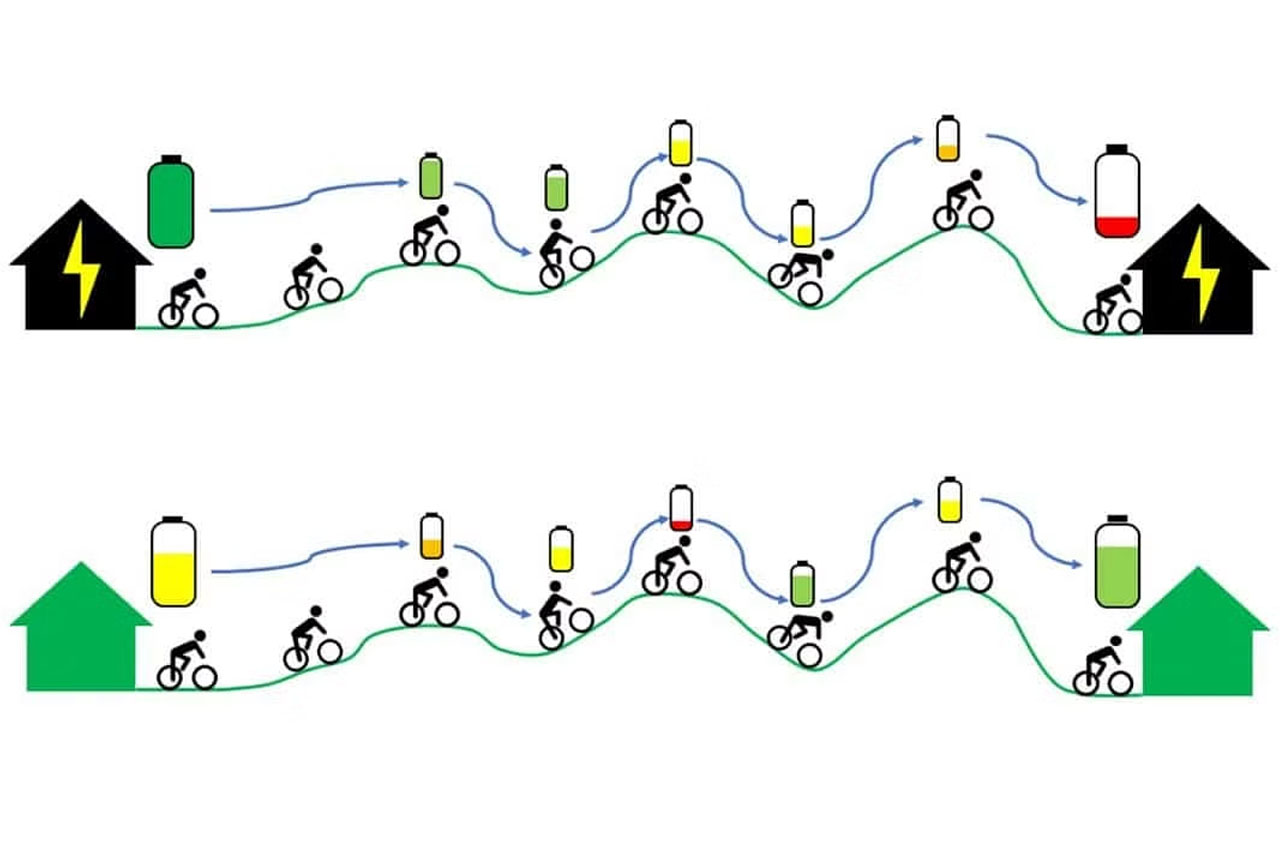
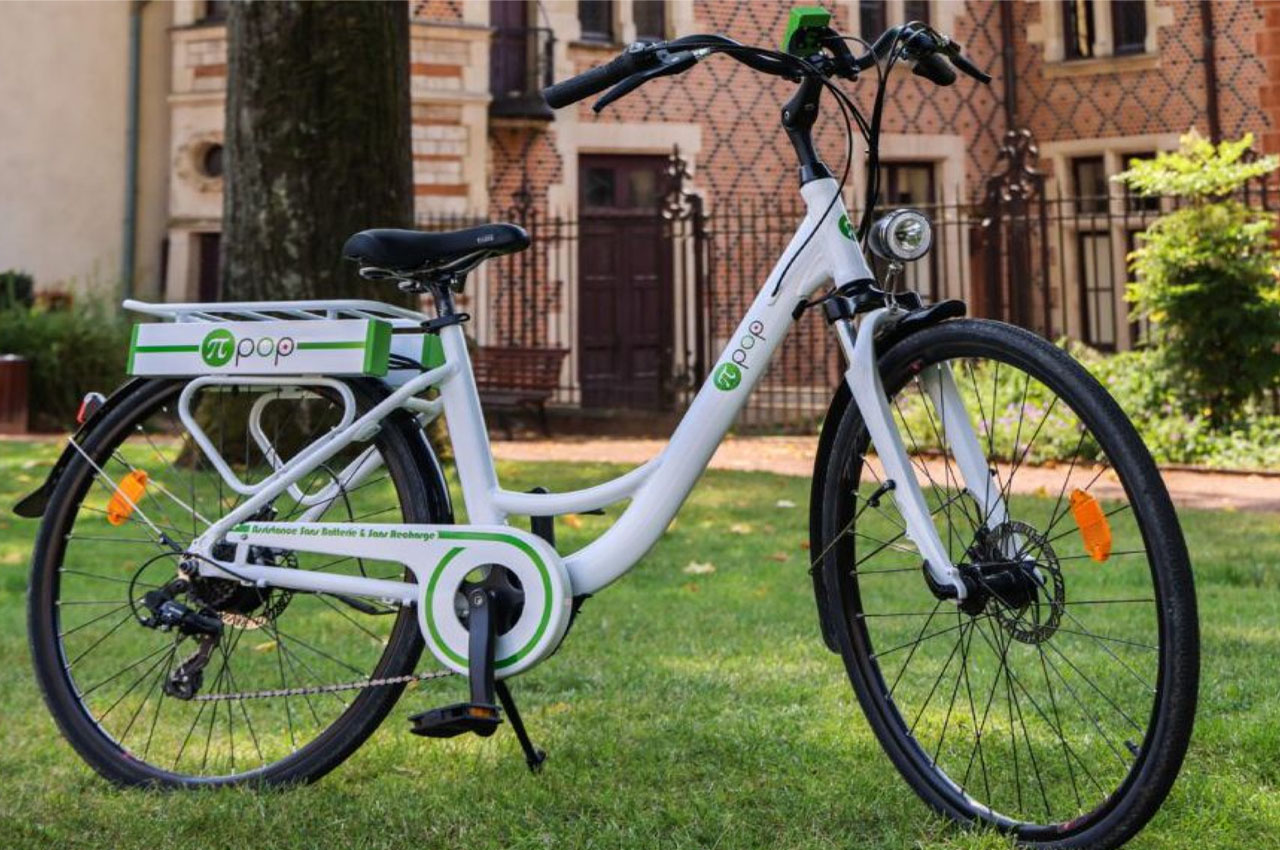
The post Pi-POP is battery-less e-bike which runs on rider’s pedaling power that recharges its supercapacitor first appeared on Yanko Design.
















